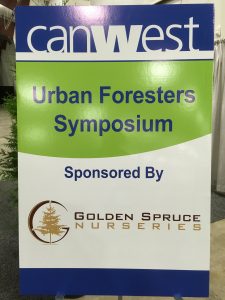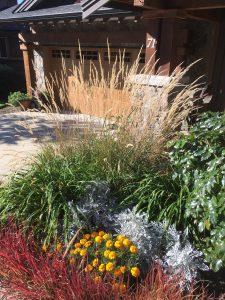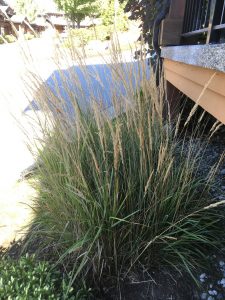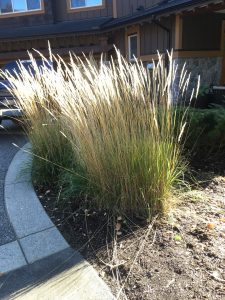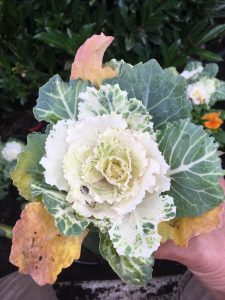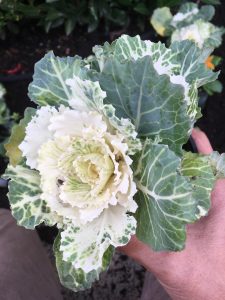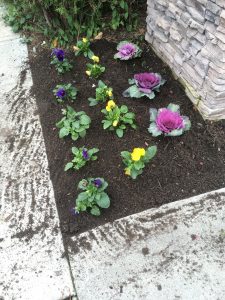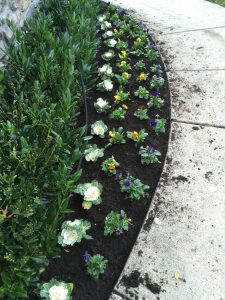One of the four lectures listed in the Urban Forester’s Symposium didn’t really excite me. Effective report writing sounded too soft. I prefer hard, technical lectures. But effective writing is very important. I should know. I’m trying to grow this blog and squeeze money from clients on other blogs.
Occasionally, I also have to write tree-related correspondence and construction sign-off letters.
The glitch
TRAQ (Tree Risk Assessment Qualification) is ISA‘s new qualification and my lecturer, Dr. Julian Dunster, is heavily involved in the training of new candidates in the Pacific Northwest. But there is a glitch: as new TRAQ qualified arborists start writing reports, clients complain that the reports they generate are poor. So you may be able to assess the condition of my tree at home but your report to my municipality may not be understood. Or flat out rejected.
I thought it was almost comical but effective writing is a skill. You have to practice it and develop it. You can start by taking Dr. Dunster’s January course. Keep on writing and get better.
Seminar notes
Below are some key ideas from my notes.
1. There is no such thing as a private report. Assume that your writing will be made public. So be careful.
2. Think clearly-write clearly.
3. Know your audience and assume they know nothing.
4. Start at the beginning: what’s the assignment? Tree inventory, risk assessment or tree removal?
5. What’s the deliverable? Memo, email or a detailed report?
6. What’s the purpose of the report? Are you simply recording events and facts or are you informing people of your opinion?
7. Who is the client and what’s her educational level? Homeowner will differ from an engineer.
8. Don’t waffle: say what you mean!
9. Unsure about your grammar? Read it out loud. If it sounds funny, it probably is. Also, eliminate obvious typos.
10. Your report should contain evidence and justify your opinion. Simply saying that the homeowner’s tree is declining doesn’t help.
11. What’s your style? Passive or active? WordPress likes it when I use active voice but writing passively on a technical report might be fine. Just don’t mix the two styles. “It was observed….” vs. “I observed….”.
12. Keep your sentences sharp, short and to the point.
13. Remember, your reader needs information from you to make a decision.
14. Expect your reports to be in pdf format and follow logical steps: Introduction, Body, Wrap-up. Include pictures. Data can go in the appendix.
15. If you can’t explain something simply, you don’t understand it well enough. You must be credible.
16. Punctuation is important!
17. Cut out unnecessary stuff and don’t rush- come back to your report later.
Conclusion
- Good reports take time
- It’s hard work
- Be professional
- Mistakes happen


